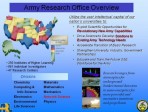 00:30:00
00:30:00
High Precision in an Imprecise World
The importance of the Ohio State Molecular Spectroscopy Symposium to the Army.
More details | Watch now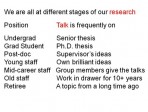 00:22:00
00:22:00
International Symposium on Molecular Spectroscopy
Potential Rewards from the Beginning to the End of a Spectroscopic Career Derived from Attendance at a Graduate-student and Postdoctoral-Fellow Oriented Symposium
More details | Watch now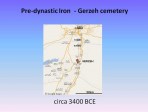 00:55:00
00:55:00
Iron from the sky: the potential influence of meteorites on ancient Egyptian culture.
Ancient Egyptian belief was frequently derived from observations of the natural world, where the gods were considered to control the forces of nature; and as a society, ancient Egyptians placed great value upon order and balance. So how would the app....
More details | Watch now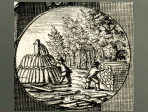 00:53:00
00:53:00
John Evelyn’s ‘Sylva’ and the origins of the modern sustainability discourse
The idea of sustainability has deep roots in practically all cultures of the world. The term itself, however, so familiar in today's global vocabulary, was shaped in the 17th century European discourse on timber shortage. Initiated by the newly-estab....
More details | Watch now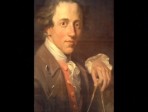 00:45:00
00:45:00
John Soane and the learned societies of Somerset House
The architect John Soane became an Associate of the Royal Academy in 1795, a Fellow of the Society of Antiquaries in 1796 and, finally, a Fellow of the Royal Society in 1821. All three were then housed in Somerset House. Soane was an avid collector a....
More details | Watch now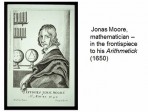 00:42:00
00:42:00
Jonas Moore and his ‘Mapp of the Great Levell’
The mathematician and surveyor Jonas Moore was elected FRS in the 1670s, as a result of his close involvement in plans for the founding of the Royal Observatory. At that stage he was employed as Surveyor General of the Royal Ordnance, but under the....
More details | Watch now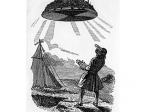 00:48:00
00:48:00
Laputian Newtons: the science and politics of Swift’s ‘Gullivers Travels’
GulliverÕs Travels (1726) contains probably the most famous satire on science in world literature, but the circumstances behind its composition are little known. In this talk, Greg Lynall explains how GulliverÕs ÔVoyage to LaputaÕ was shaped by J....
More details | Watch now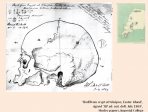 01:00:00
01:00:00
Maritime science and the visual culture of exploration: the albums of a Victorian naval surgeon
Naval officers in general, and surgeons in particular, played a significant role in the development of maritime science, through their observations and their collections. This richly-illustrated talk explores the visual culture of maritime science, f....
More details | Watch now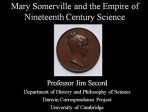 00:45:00
00:45:00
Mary Somerville and the Empire of Science in the Nineteenth Century
Prof. Jim Secord, Dept. of History and Philosophy of Science, Cambridge. Mary Somerville (1780-1872) was a leading mathematician and author of important books on the sciences: it was in connection with a review of one of these that the term "scientis....
More details | Watch now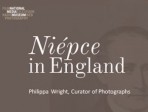 00:48:00
00:48:00
Niépce in England
In October 2010 the National Media Museum hosted the 'Niépce in England' Conference where they could announce and share with the photographic, conservation and scientific communities the ground breaking findings which had been discovered during the ....
More details | Watch now 00:46:00
00:46:00
Paul Dirac and the religion of mathematical beauty
For the great theoretical physicist Paul Dirac FRS, the importance of mathematical beauty was 'like a religion'. Although his first papers on quantum mechanics showed an acute aesthetic awareness, he first set out his principle of mathematical beauty....
More details | Watch now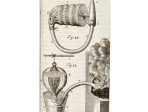 01:15:00
01:15:00
Physicians, chemists and experimentalists: the Royal Society and the rise of scientific medicine, c. 1600-1850
The period 1600-1850 saw fundamental changes in how we understand natural processes. Chemistry and medicine especially moved away from classical ideas of 'balance' and 'vital properties' - such as fire and water - to understanding nature as an integr....
More details | Watch now
